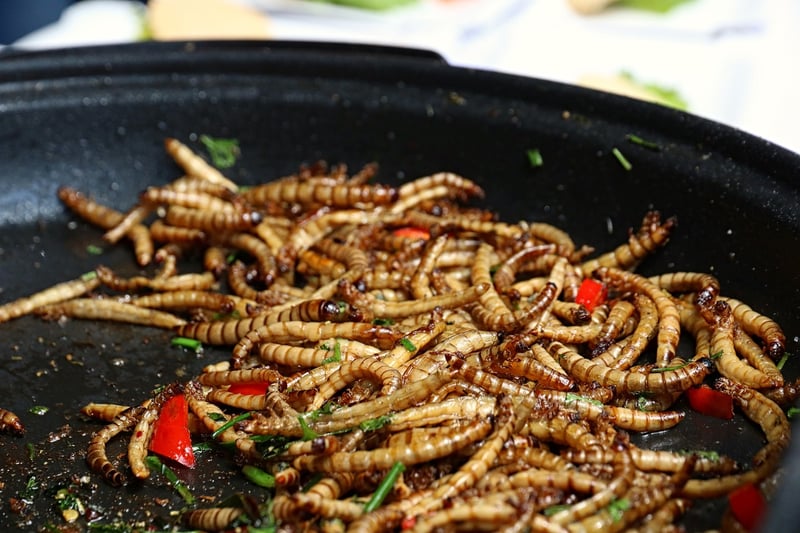Insect Protein Sources
The Future of Food Consumption and Insect Protein Sources

Introduction
As the world population continues to grow, the demand for sustainable food sources is becoming increasingly important. One innovative solution that is gaining traction is the incorporation of insect protein sources into our diets. In this article, we will explore the future of food consumption and the role of insect protein sources in meeting the challenges of a growing global population.
Why Insect Protein?
Insects are a highly nutritious and sustainable food source. They are rich in protein, vitamins, and minerals, making them an excellent alternative to traditional livestock. In addition, insects require significantly fewer resources such as water, land, and feed to produce, making them a more environmentally friendly option.
Types of Insect Protein Sources
There are various types of insects that are used as protein sources, including crickets, mealworms, grasshoppers, and black soldier flies. These insects can be consumed whole or processed into powders or bars for easier consumption.
Benefits of Insect Protein
- High in protein
- Rich in essential nutrients
- Environmentally sustainable
- Require fewer resources to produce
- Can help address food insecurity
The Future of Food Consumption
With the global population expected to reach 9 billion by 2050, traditional food production methods may not be able to keep up with the demand. Incorporating insect protein sources into our diets can help ensure food security for future generations while reducing the environmental impact of food production.
Conclusion
The future of food consumption is evolving, and insect protein sources are poised to play a significant role in meeting the nutritional needs of a growing population. By embracing sustainable food sources like insects, we can create a more resilient and environmentally friendly food system for the future.
For more information on insect protein sources and sustainable food practices, visit FAO - Edible Insects.
